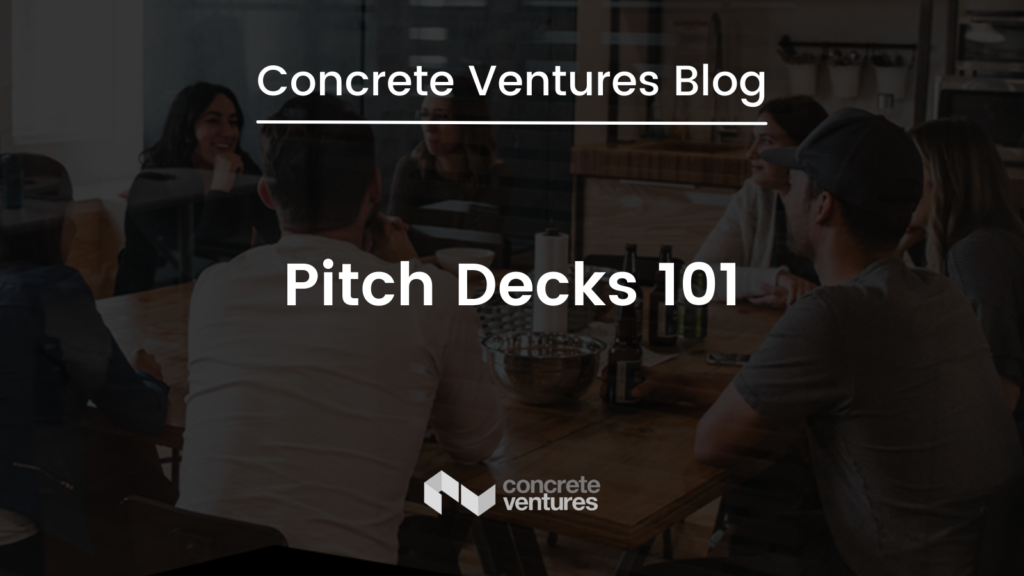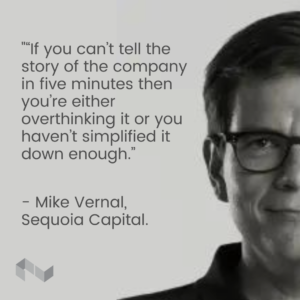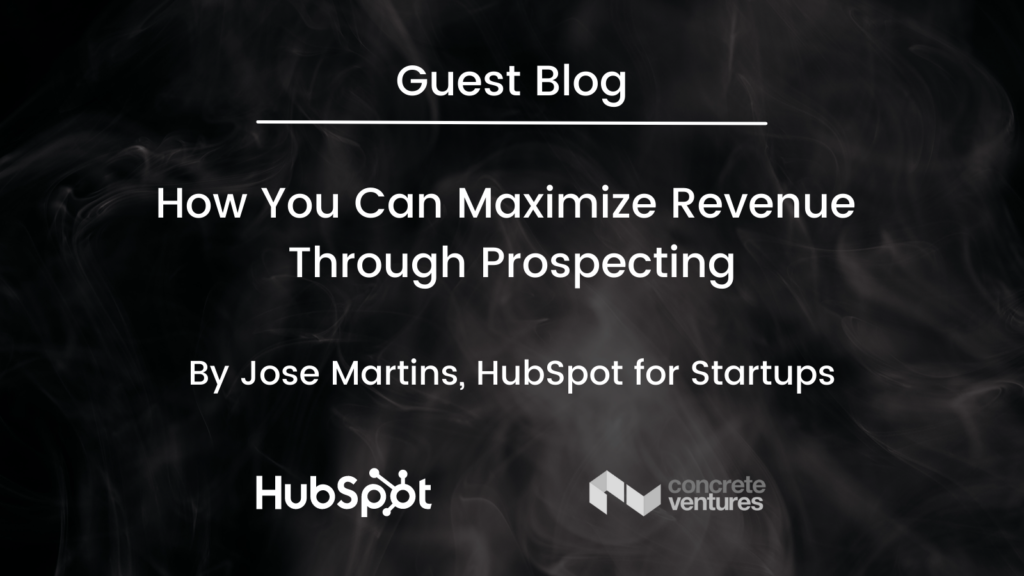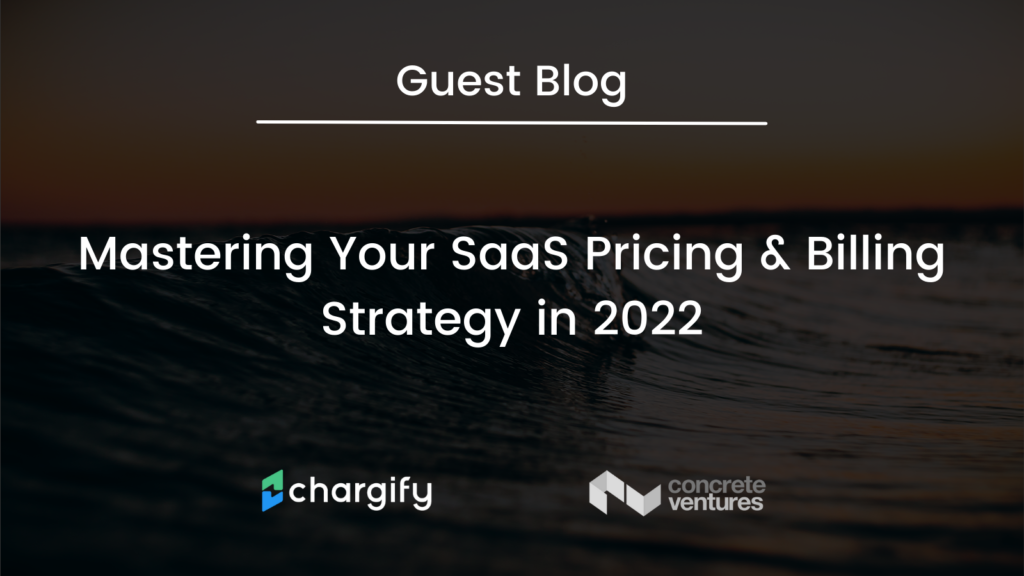
A pitch deck is akin to a resume, but for your business. Your ultimate goal is not to get hired on the spot but rather to get an interview. Your goal with fundraising is similar – you won’t get funded based on your pitch deck alone, but it does get you that first meeting.
As investors, we have seen all sorts of pitch decks, ranging from basic PowerPoints to professionally designed presentations. We’ve seen embedded videos, interactive presentations, and more. In this post and accompanying resource set, we want to break down what makes an effective pitch deck and help you get started on yours.

Pitch Deck Format for Early Stage Startups
Generally speaking, your early-stage pitch deck might have the following slides:
- Logo & slogan
- Problem + examples:
- Using a story is a good way to explain the problem. See this example by Tinder.
- You want to paint the picture that shows why you started the business in the first place.
- Solution + examples:
- Walk through your product and the key features.
- Don’t be afraid to actually show readers your product. In fact, including screenshots or a link to a demo is one of the best ways to help readers to understand your solution.
- Unless your presenting to a technical audience – don’t spend too much time on the technical details. Those conversations are best reserved for meetings and product demos.
- Customer:
- Who exactly are you selling to?
- Market size
- It’s important to be thoughtful here. Realistically, how much revenue is out there for you to capture?
- Headline numbers from the big market research firms won’t cut it.
- Jared Sleeper has a great article on how you can explain your TAM to investors.
- Competition:
- There is always competition. Be open and honest about competitors’ strengths and weaknesses.
- Then, showcase your competitive advantage and why you win.
- Traction:
- Who have you already sold to?
- What are the metrics around product usage?
- Are there any financial metrics worth mentioning?
- Depending on what stage you are at, even major developmental milestones are good to include here.
- Business model:
- How do you make money?
- Walk through how the money flows.
- Product Roadmap:
- What are you looking to achieve in the next 12-18 months?
- Team:
- Highlight the management team or key employees.
- Answer the question: If there was an identical business somewhere in the world, why is this team the one that will make it work?
- Funding ask & milestones:
- If you don’t include this, it will probably be one of the first things an investor asks.
- Having your ask laid out openly helps investors understand if they are the right fit for your business. For example, you could be trying to raise too much money, or not enough money for them to be interested. It’s better to find out over email vs at the end of a meeting.
- Lastly, highlight the main milestones your looking to achieve with the funding round.
- Thank you
DocSend has done the job of analyzing pitch decks and highlighting what investors tend to zero in on:
Source: DocSend
Tips for Creating Your Pitch Deck
Some additional tips when creating your pitch deck:
- Follow Guy Kawasaki’s 10/20/30 PowerPoint rule. In other words, use no more than 10 slides, 20 minutes of talking, and no font smaller than 30 pts. Template based on Guy Kawasaki
- If your pitch deck is a bit longer, make sure to switch up the design elements. After all, no one wants to see the same slide with different metrics 20 times in a row. See example by Uber. Template based on Uber.
- Design is important! Above all, use colors and fonts that align with your brand. In addition, make sure fonts are legible, and don’t use clashing colors. Use the psychology behind colors to evoke certain emotions.
- Choose background images carefully. Make sure they have a similar color palette, for instance. See example by Crema
- If you want to keep your background simple but representative of your brand, you can use textures to accomplish that. See example template for an eco-friendly startup.
- Show how your product will benefit all the stakeholders involved, instead of just one type of user. In other words, focus on the end user, investors, community as a whole, etc. See example by Foursquare.
- Create FOMO for your fundraise.
- Use data to support your claims. For example, use infographics and charts to give an easy overview of things like the market size, any product claims your making, or how much the problem is costing users.
- If your product is technical in nature, explain what it is and how it works first, before talking about traction.
- Last but not least, be realistic. If there are known challenges, name them and show that you’ve thought about how to tackle them.
Pitch Deck Examples
Below we included some different examples of pitch decks from companies you’ll likely recognize:
- AirBnB
- Cover or title slide
- Problem
- Solution
- Market Validation
- Market Size
- Product
- Business Model <<< KILLER SLIDE!
- Market Adoption
- Competition
- Competitive Advantages
- Team Slide
- Press
- Users Testimonials
- Uber
- Cover or title slide
- Problem
- Solution
- How it Works
- Key Differentiators
- Operating Principles
- Product
- Use-cases
- User Benefits
- Initial Service Area
- Technology
- Demand Forecasting
- Overall Market
- Composition of Market
- Target Cities
- Looking Forward
- Smartphone Sales Info
- Future Optimizations
- Go-To Market: Marketing Ideas
- Traction: Progress to Date
- Tesla
- Introduction
- Team
- Growth
- Collaborations
- Specificity on a model
- Model S Slide
- Strategic assets
- Final Slide
- Canva
- Publishing Era’s
- Gap in the market
- Why Canva?
- Market Segments
- User-Cases
- Syndication
- Funding
- Experience
- Milestones


